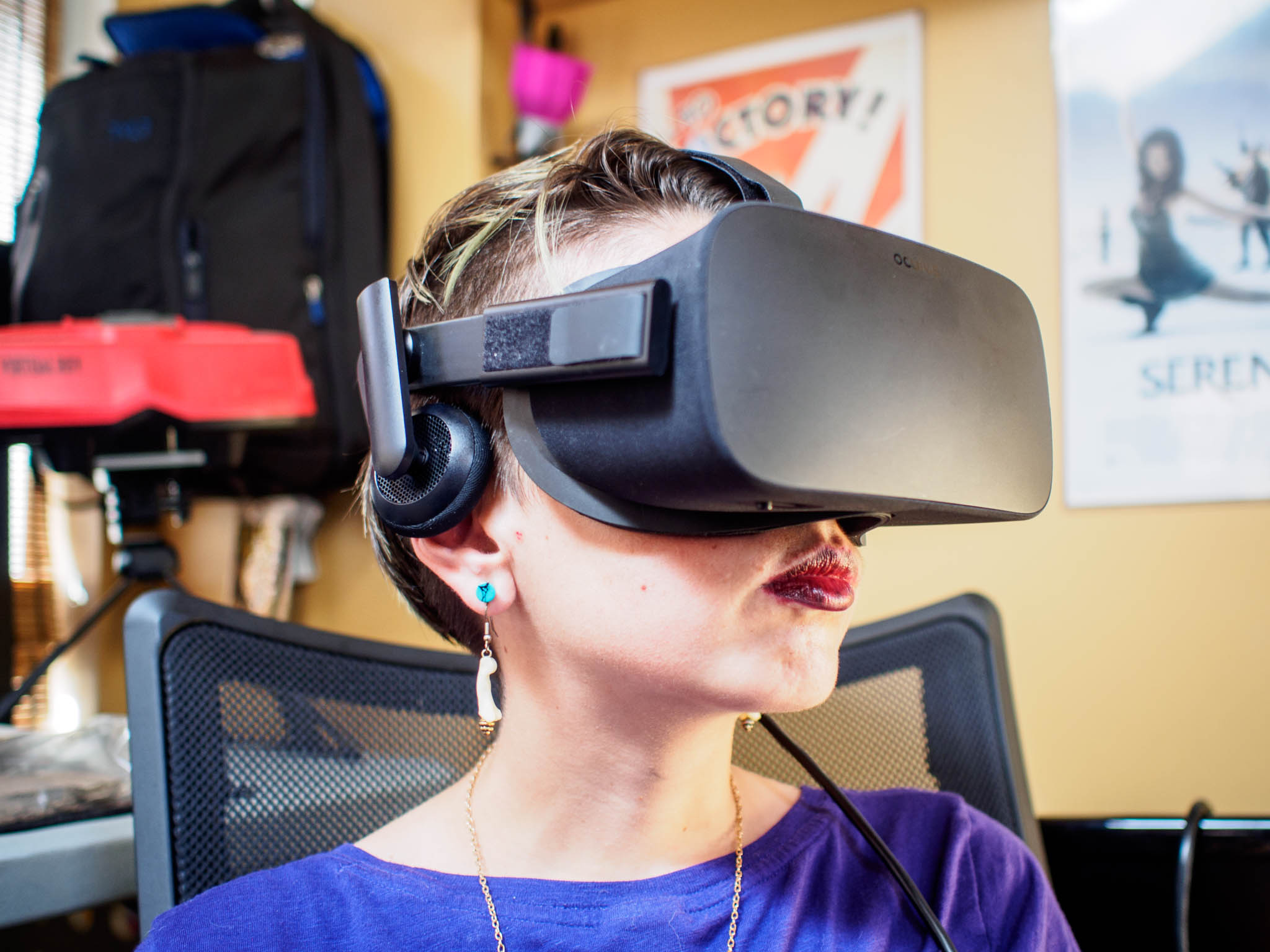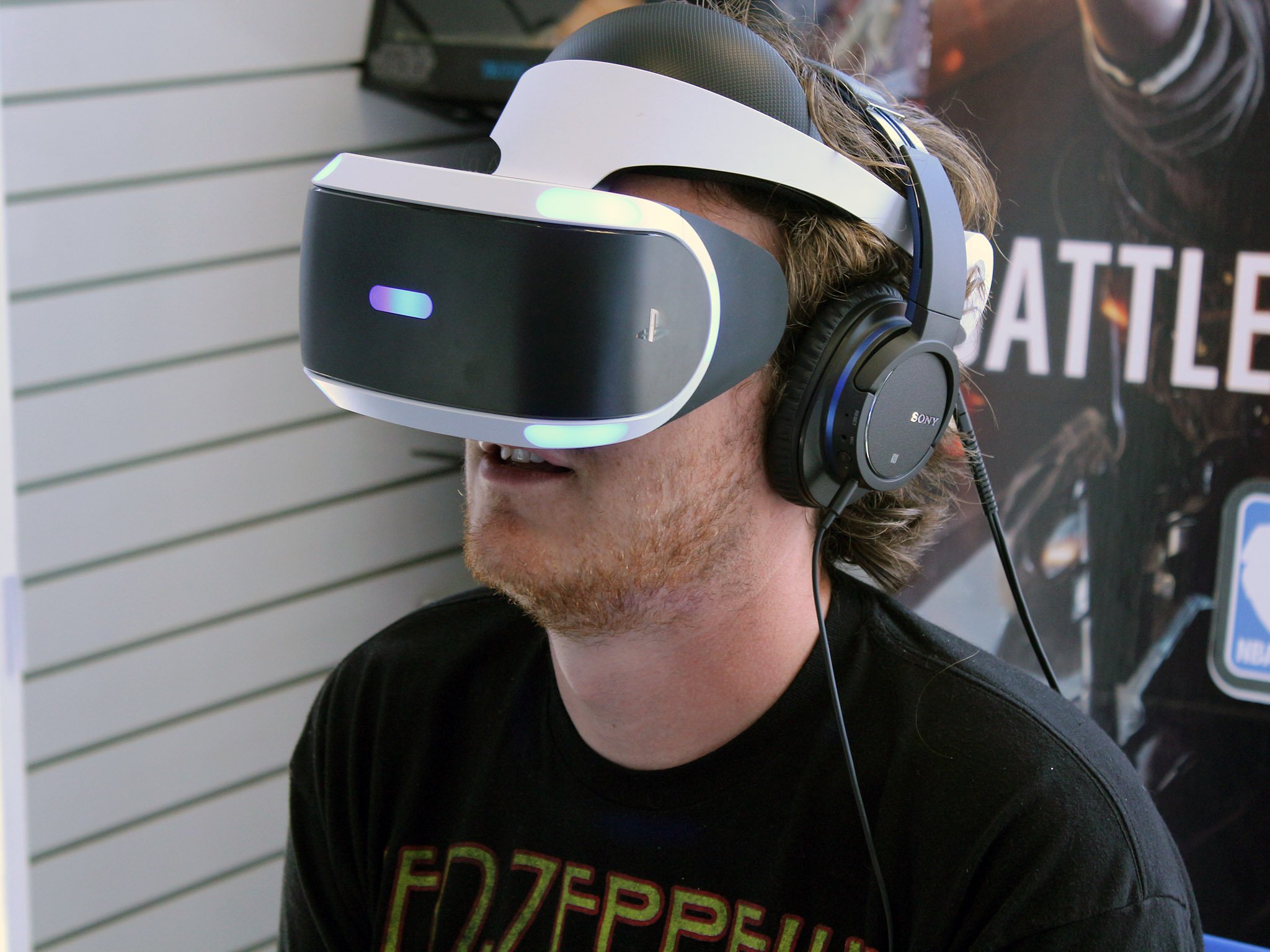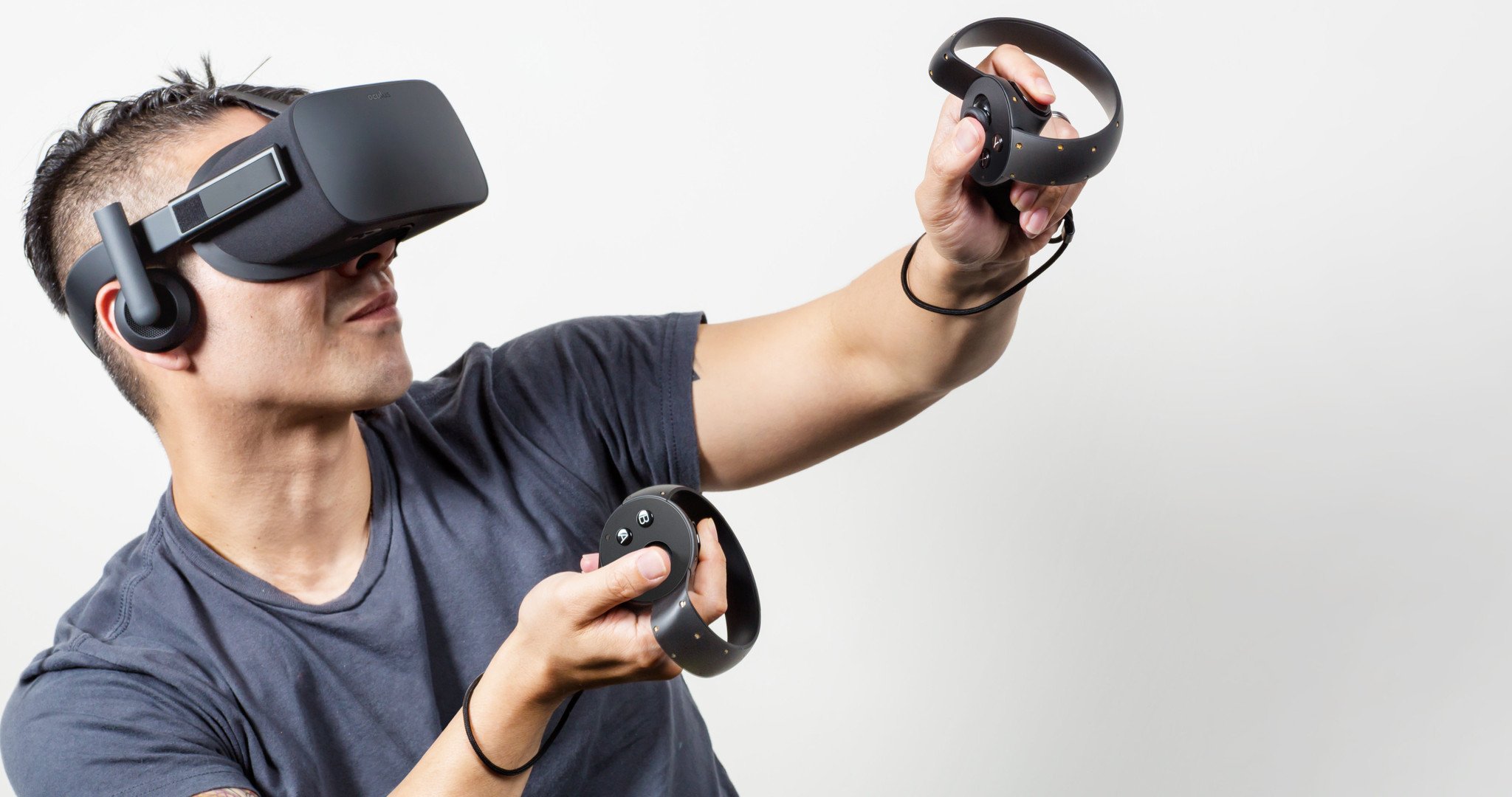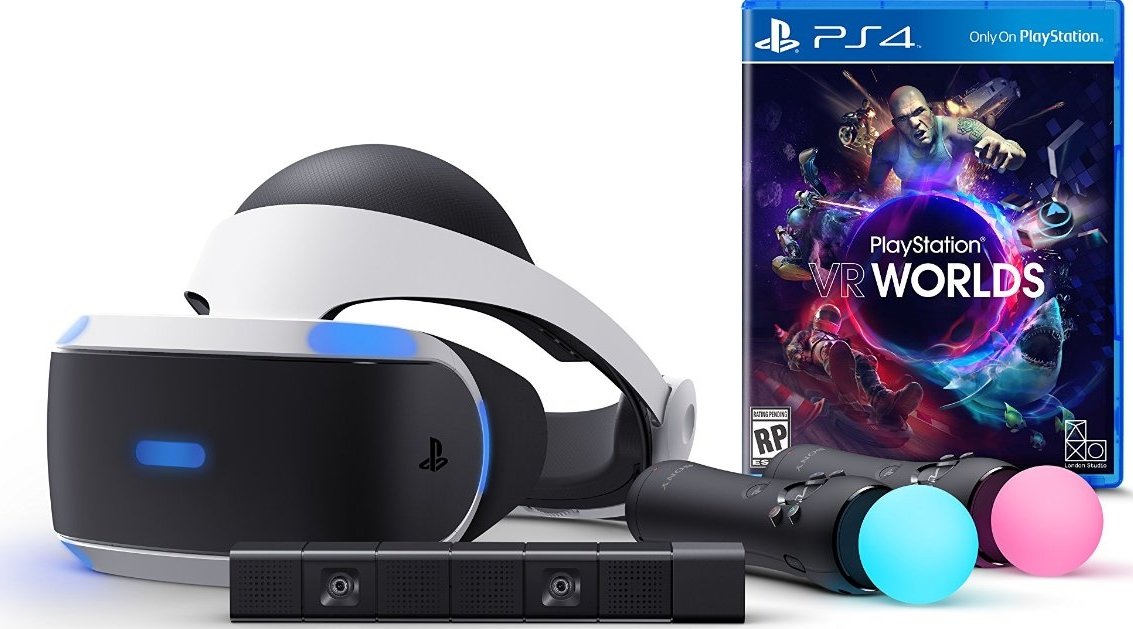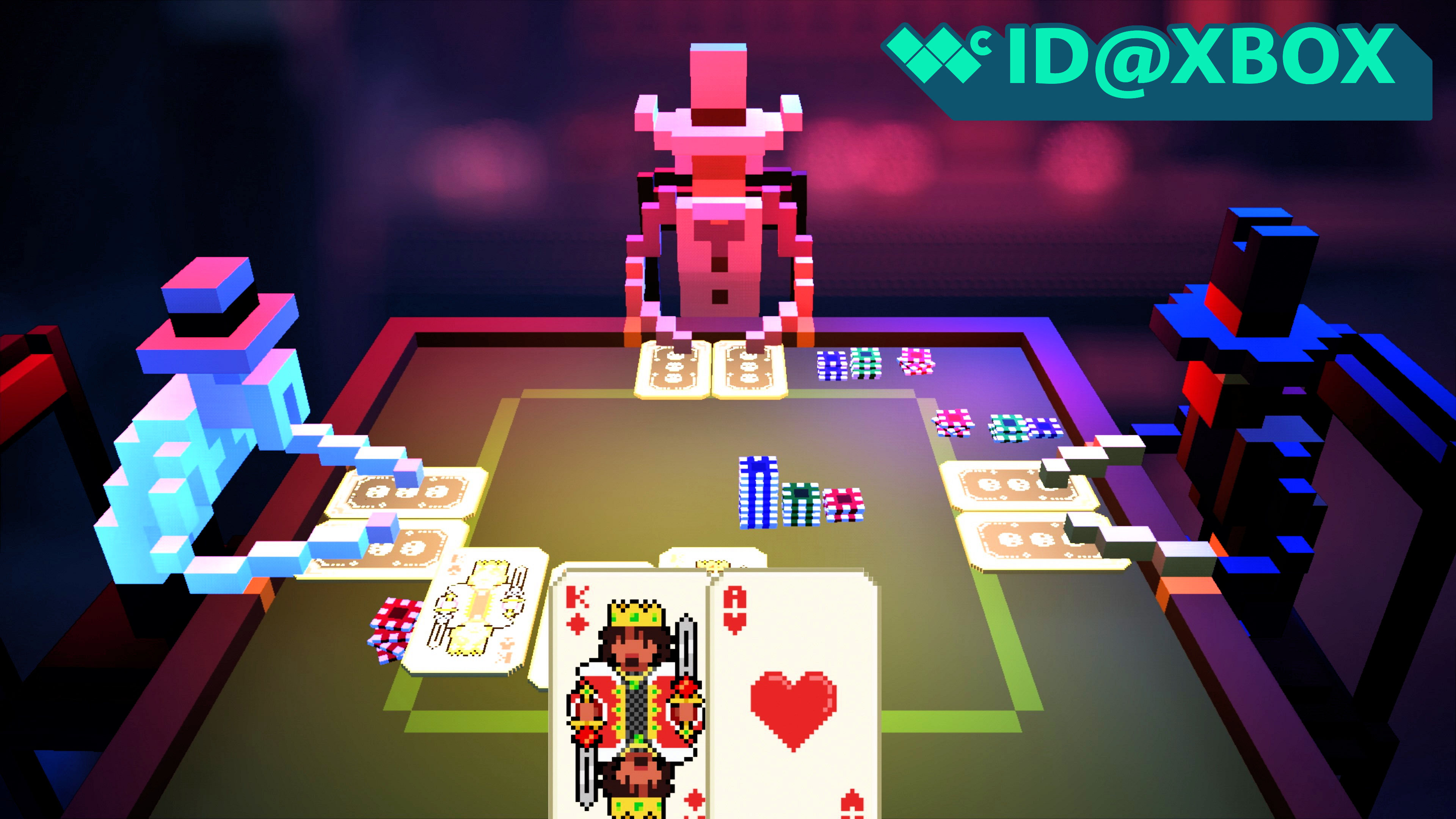PlayStation VR vs Oculus Rift: virtually comparable
Where will you turn for VR in your house?
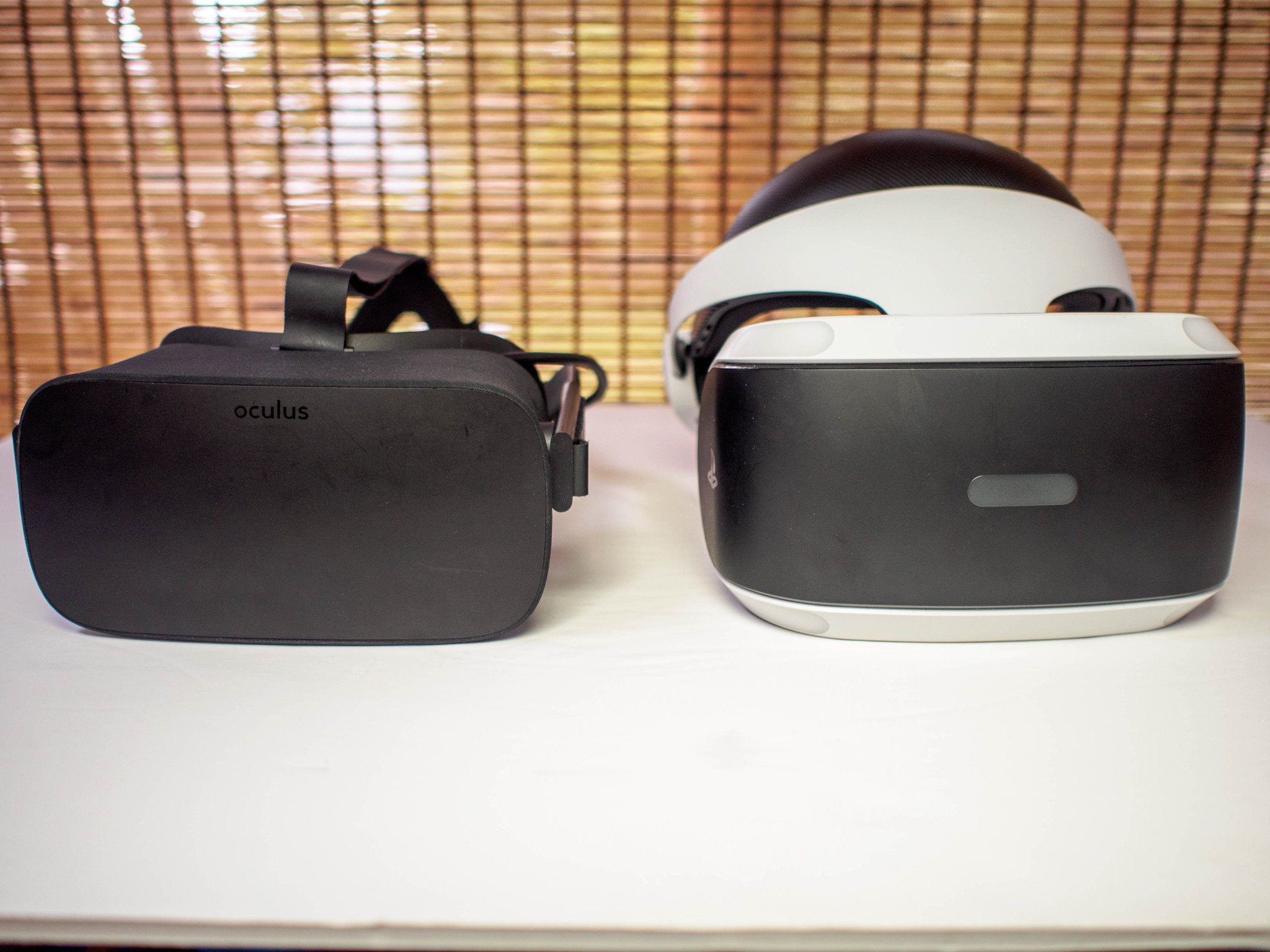
While Oculus is without a doubt the largest brand in the VR world, there's plenty of competition nowadays. One of the most recent to come out is from the biggest name in console gaming, Sony. There's no doubt PlayStation VR is an interesting offer for those who want to enjoy VR from their couch, but how does it really stand up against the Oculus Rift?
Hardware

On a high level, Oculus Rift and PlayStation VR function in the same way. It's a display you wear on your head, with lights emitted from the display picked up by a camera in front of you. The cameras track the movement of your head by tracking how the lights coming from the headset move, and the display inside the headset adjusts the image you see based on that head tracking. As you look around, you can see a 360-degree world through a pair of lenses that warp the image on the display into something that feels as though it's really in front of you.
There are a couple of details that make a significant difference when comparing the design of these two headsets. For starters, Oculus Rift uses infrared light from the headset instead of the bright blue, glowing light strips Sony uses for PlayStation VR. This means you can't see the light coming from Rift, so the headset is a lot more muted in design. It also means Oculus Rift will work better in brightly lit rooms or in direct sunlight. PlayStation VR offers plenty of warnings to be careful with using your headset in bright rooms, and requires recalibration when the light changes dramatically in your room. Oculus Rift has none of those concerns.
The way you attach the headset to your head is another significant detail, especially when it comes to overall comfort. Oculus uses an elastic rail so you can pull the headset onto your head and securely fasten the display to your face. Once attached, the headset won't move around as you dive and jump in VR. It's not exactly comfortable for more than an hour, and the narrow display port means those with prescription glasses will be a little cramped, but it works.
PlayStation VR is wildly different; it has a display that doesn't actually touch your face. A simple, halo-like band wraps around the back of your head and creates an anchor that feels much lighter than Rift and doesn't interfere with glasses. There's no "VR face" from having the headset pressed against your skin, and you can move around just as much without worrying about the headset slipping or sliding around. PlayStation VR is easily the most comfortable VR headset you can wear today.
| Category | PlayStation VR | Oculus Rift |
|---|---|---|
| Dimensions | 187×185×277mm (W/H/L) | 171×102 mm (W/D) |
| Weight | 610g | 470g |
| Display | 5.7 inches | 3.54 inches × 2 |
| Resolution | 1920×RGB×1080 (960×RGB×1080 per eye) | 2160 x 1200 (1080 × 1200 per eye) |
| Field of View | 100 degrees | 110 degrees |
| Sensors | Six-axis motion sensing system, PlayStation Camera tracking | Constellation Camera |
| Connections | HDMI, Aux, Stereo headphone jack | HDMI, USB 3.0 x2 |
| Input | PlayStation Move, DualShock 4 | Xbox Controller, Oculus Touch, Oculus Remote |
Other details matter a little less but seem like they should matter a little more. Oculus Rift boasts a pair of displays that create a 2160x1600 resolution experience, while Sony has a single 1920x1080 display that spans the whole headset. This looks like Oculus has a significant advantage in display resolution which would typically mean things look nicer and more detailed in the Rift headset. In reality, the display resolution in PSVR is actually 1920xRBGx1080, and that middle par makes it so Sony's display is actually much denser than what you get with Oculus Rift.
A quick way to visually identify this is through what is called the Screen Door Effect. Through Oculus Rift lenses, you can frequently see a grid of tiny black lines dividing up the display. On PlayStation VR, this effect is far less noticeable. You do get a little less detail in PlayStation VR, but the offset by little to no Screen Door Effect means the detail you can see isn't interrupted.
All the latest news, reviews, and guides for Windows and Xbox diehards.
Both PlayStation VR and Oculus Rift rely primarily on a gamepad for most of the VR titles, with the option to upgrade to a more immersive experience through either PlayStation Move or Oculus Touch controllers. Both of these systems make it possible for you to reach out with your real arms and interact with the virtual world or point a virtual gun where you feel the enemy really is. This is a lot of fun, but only a handful of games across the many available for both systems support this experience. You'll also find that PlayStation Move controllers are less accurate and less engaging than the newer Oculus Touch controllers, which is what happens when you resurrect controllers from 2010 without updating them at all.
Oculus crafted a unique headset aimed at technical superiority, while Sony offers a fun, comfortable experience you can make your own.
Audio is an incredibly important part of the VR experience, and that challenge is approached quite differently by Sony and Oculus. Headphones are built into the Rift headset, making it so you can dive in as soon as you put the headset on and start playing. PlayStation VR offers a headphone jack on the cable that leads from the headset to the PlayStation 4 and includes a set of generic earbuds in the box. While it's a big deal that you can use whatever headphones you want in PlayStation VR — aside from wireless headphones, of course — having the headphones included is way more convenient than reaching for headphones after you've covered your eyes up with VR.
As you can see, these headsets are quite different. Oculus crafted a unique headset aimed at technical superiority, while Sony offers a fun, comfortable experience you can make your own. There's a lot to like from both systems, but currently PlayStation VR has the more compelling headset out of the box.
Gameplay
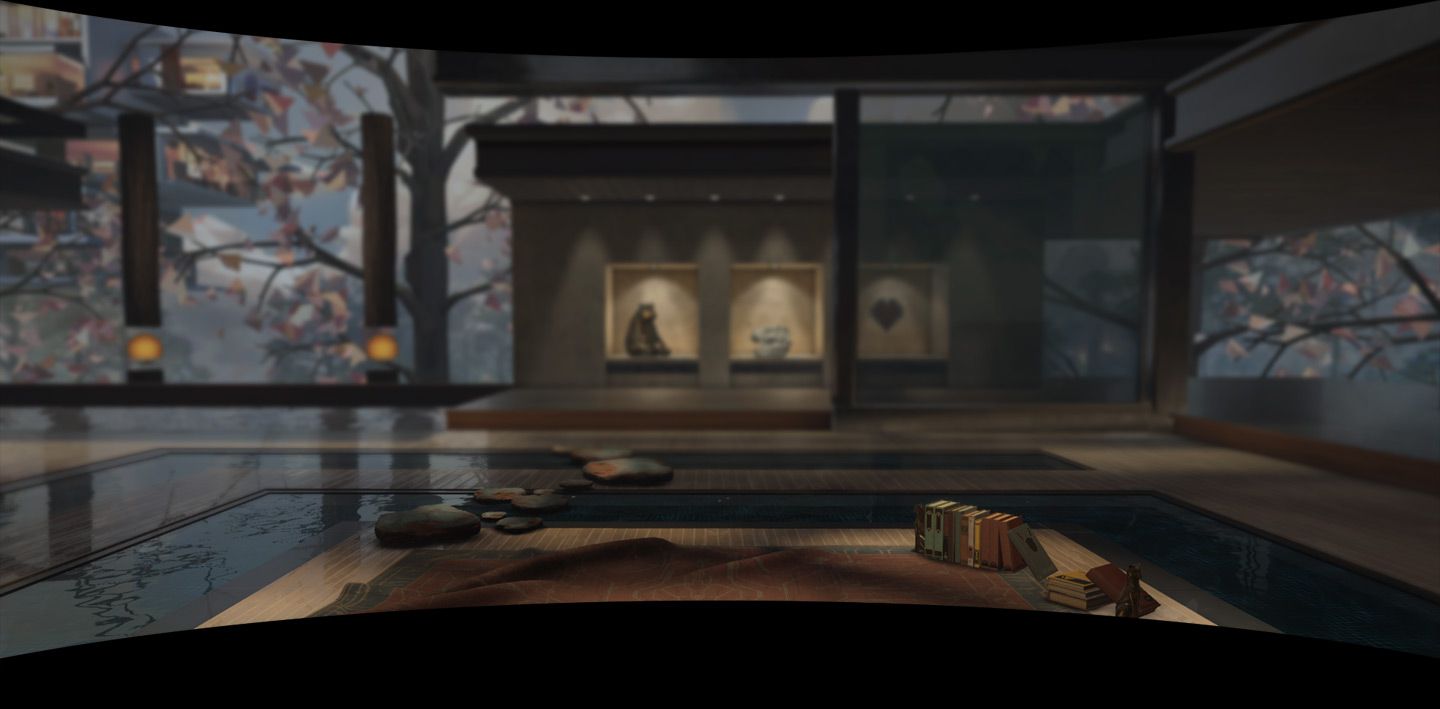
Oculus and Sony have worked hard to secure lots of VR experiences for every kind of player to enjoy. Temporary exclusives aside, you can find a lot of the same games across these headsets. When inside Rift and PSVR, what really sets the experience apart is full immersion.
As soon as you put the headset on, Oculus Rift immerses you in VR. The initial menu system is a full virtual experience, even though the core menu floats in front of you. Sony keeps you grounded in the standard PlayStation OS menu system, floating in front of you with nothing but black surrounding the rest. It's a menu system every PlayStation owner is familiar with, but that initial "wow" when someone puts on Oculus Rift for the first time is significant. You don't get the same feel in PSVR until you start playing a game.
Games that exist on both platforms play exactly the same, which is significant when you think about how much more powerful your average gaming PC is compared to the PlayStation 4.
PlayStation VR games are typically a little different from Rift titles due to the extra tracking point in the gamepad. Since Oculus Rift uses a standard Xbox controller, you're only moving the joysticks and pressing buttons like you normally would. PlayStation VR gives you some extra movement through the controller, but it's hard to say if it is more immersive because your avatar in the game is rarely also holding a controller. Still, it's a nice added touch.
Games that exist on both platforms play exactly the same, which is significant when you think about how much more powerful your average gaming PC is compared to the PlayStation 4. Eve: Valkyrie is a great example of something you can play on both systems where you're not really able to say which one is better than the other when finished. Windlands is equally impressive on both systems, though you're a lot more likely to want to sit down when playing on PlayStation VR due to the controller aiming. It's an impressive accomplishment to make PlayStation VR so capable right out of the gate, especially when the superior PlayStation 4 Pro console is not yet ready to boost that experience.
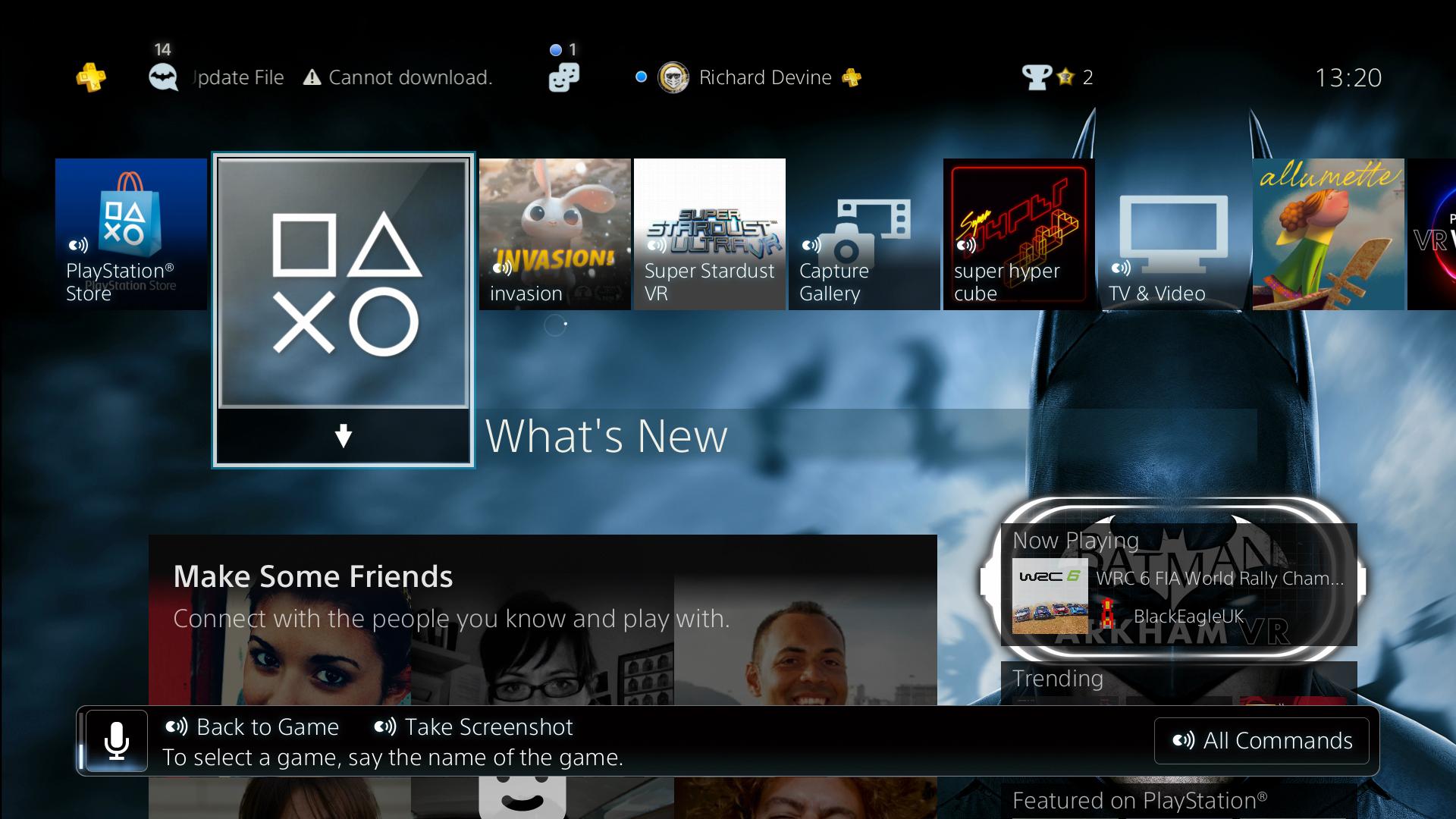
Sony is no stranger to exclusive games, and PlayStation VR is going to have a lot of them. At launch, the list included big names like Batman: Arkham VR and Until Dawn: Rush of Blood, which both launched with incredibly positive reviews; still, this isn't really enough to sell consoles. That play comes later with add-on experiences to Star Wars Battlefront, Tomb Raider, and Final Fantasy. Oculus has some interesting exclusives as well, especially with its Oculus Touch controllers, but Sony has a long history of securing big names for their projects and it currently has the advantage over just about everyone so far.
Oculus has some things planned that aren't games, and they have the potential to be a very big deal. The focus on a social experience with fully customizable avatars is significant, as is using Oculus Touch controllers to give users more lifelike hand gestures. This system is unmatched and has the potential to really help users feel like they are bonding with other people across the internet. It's something Oculus has paid quite a lot of attention to so far and will have no real competition when it launches.
The bottom line is these systems are a lot of fun and will continue to get more interesting over time. It's possible Oculus's social efforts will pay off in ways we don't really see yet, which would mean the more compelling overall experience is going to be on the Rift. If you're just looking for the best place to play great games, though, it's looking like Sony will quickly outpace Oculus.
Which should you buy?

You can't get far in the VR world without talking about pricing, and with good reason. To power the $400 Oculus Rift, you need at minimum a $700-$800 computer. It's a great experience if you can afford it, but at the point in which you're asking about $1200-$1400 for a great VR experience, you're going to run into plenty of people who will just say no and move on.
The big feature for PlayStation VR is that you only need a PlayStation 4 to power it, and unlike a powerful gaming PC, a lot of people really do already own this console. Assuming you don't, however, you still only need a $300 PlayStation 4 to power the $400 PlayStation VR that comes with the PlayStation Move controllers.
Bundles sell for $1,000 on Amazon and while that's more than buying them separately, this bundle comes with a PlayStation Pro. But, it's still less than what you pay for Oculus Rift and that's significant. Oculus Rift is the more capable VR experience, and Oculus Touch controllers are in a class by themselves right now, but the question quickly becomes whether Oculus Rift is almost twice as good as PlayStation VR. Plain and simple, it isn't. Sony did a lot of things right with PlayStation VR, and while we may find ourselves regularly wishing for an update to the aging PlayStation Move controllers, the rest of the experience is dangerously close to being as good as Oculus Rift.
Updated March 2018 to reflect the amazing price drops on both devices!

Russell is a tech nerd who chases the best of everything, from phones to game consoles to laptops and everything glowing or beeping. He's the Former Managing Editor of gaming content for Mobile Nations and can be found contributing to all of the Mobile Nations sites. Reach out on Twitter!
